About Roelof Stephen Rossouw
Internationally awarded Impressionist artist
Artist Profile
Impressionist Artist
Roelof Rossouw (b. 1957) grew up in Benoni, near Johannesburg, South Africa. A versatile impressionist painter, he is celebrated for his evocative cityscapes, landscapes, street scenes, harbours, interiors, gardens, portraits, and restaurant settings. Working primarily in oils, though also in mixed media, Rossouw captures light and shade, and atmosphere with expressive brushwork.
He has travelled extensively overseas in pursuit of exploration, inspiration, adventure, and painting references. Painting vacations through Italy, France, Ukraine, and the United States have greatly enriched and expanded his subject matter.
Education & Early Career
1979–1981: Studied at the Johannesburg School of Art, gaining a National Diploma in Art and Design.
1982–1990: Employed by the Medical University of Southern Africa as a graphic artist and medical illustrator.
1992: Began painting daily, dedicating himself seriously to fine art.
1995: Established himself as a successful full-time artist.
Exhibitions (1988–2025)
Solo Exhibitions: 51 solo shows at top galleries in Johannesburg, Pretoria, Cape Town, Stellenbosch, Cheltenham, and Montreal.
International Exhibitions: A three-man show at the Gatehouse Gallery, Glasgow (1999), and numerous group exhibitions across South Africa, London, Cheltenham, Glasgow, Jersey, Galway, Miami, and the Broadway Gallery in New York.
Collections
Rossouw’s works are held in numerous private and corporate collections, including:
JCI, The Sage Group, Anglo-Vaal, MTN, Safmarine, Mount Grace Hotel, The Woodburn Mann Art Collection, Rupert International, The Clough Collection, and The Pretoria Art Museum.
Recognition & References
Pretoria: Artist Impressions 1857–2001 by Eric Bolsman
The Artists of the Waterberg by Sas Kloppers
Hollywood Feature (2009): Three Cape landscape oils were used as props in Clint Eastwood’s film Invictus. Following filming, two of the works were purchased by Eastwood himself.
Art Fair International, Vol. 19, Summer 2012, p. 25
Awards
2001: First Prize – Cover painting for Eric Bolsman’s book on Pretoria
Since 2014, Roelof has been a multiple annual first and second place winner at the American Art Awards, and is regarded as “One of the world’s best living artists” in several different categories, as judged by 25 top galleries and art museums in the United States.
My Story
When I was a boy, I stood in front of my aunt’s art collection and declared, “One day I am going to be an artist!” Her comment? Artists only earn recognition after they die.
Years later, after completing my two years in the army, another voice of caution reached my parents. A man advised them against sending me to study art, predicting that I would starve. He suggested I become an art teacher instead. My parents took his words seriously, but as fate would have it, the Teachers’ College rejected me—thanks to a less-than-glowing testimonial from my former headmaster. What could have been a setback became a quiet spark of determination. I knew I had to prove them wrong. And thankfully, my parents continued to support and encourage me. They lived long enough not only to see me succeed but also to share in the joy—and the financial rewards—that my art eventually brought.
As a young man, I was unsure which direction to take. Should I pursue comic art, architecture, portrait painting, or illustration? To ensure a more secure future, I enrolled in a demanding three-year full-time Graphic Design diploma at the old art school in Johannesburg. It was a rigorous program that taught me discipline, perseverance, and the importance of high standards. Only eleven of us graduated. Instead of joining an advertising agency, as many expected, I accepted a position at the Medical University of Southern Africa as a graphic artist. I spent eight years at the university, where I discovered a new skill—medical illustration. It was meticulous work, requiring precision and clarity, and it shaped my eye for detail.
Yet I began to realize that without a change, I would never reach my potential as a painter. At 31, I took my best works to galleries in Pretoria and Johannesburg. The feedback was sobering: my art was technically strong but uninspired. “Too realistic,” they said. Around the same time, my mother persuaded me to hold my first solo exhibition. I sold just one painting — a small beginning.
In 1990, I left the university and partnered with my brother Leon to create Rossouw Art and Design. We tackled projects such as large murals and graphic design commissions. During this period, I continued painting landscapes, particularly of the Cape, though sales were scarce. Life brought challenges — my father’s retrenchment, a family move to the countryside, and the devastating loss of my youngest brother in a tragic accident. It was a time of deep grief and uncertainty.
Everything changed in 1992 when a gallery owner in Pretoria East offered me a job as her assistant. For the first time, I had the opportunity to paint every day — and that turned out to be the true secret of my success. Yet I often felt frustrated. The gallery owner frequently left me alone to handle clients who came in only to frame pictures. I knew I needed a serious plan — my own studio, and above all, the freedom to work on larger canvases.
Steadily, my art began to evolve — more vibrant and impressionistic, filled with vitality and emotion. After a few months, I carried my new paintings to a respected gallery in Norwood, Johannesburg. To my relief and joy, the owner was impressed. He ordered three large works — and soon, they began to sell. For the first time, I was earning thousands of rand per painting. The feeling was indescribable. Suddenly, top collectors, banks, and high-ranking businessmen were acquiring my art. By August 1994, I was doing well enough to leave the Pretoria gallery entirely and work full-time from my studio at home.
I find inspiration in everyday situations. I’m drawn to the abstract shapes and striking contrasts created by light and shadow: a sunlit street, an old cottage, a busy harbour, a crowded restaurant, or peaceful farmland. These scenes carry a visual poetry that compels me to capture them on canvas. The central theme of my paintings revolves around mood, light, and colour. I aim to create a particular atmosphere and evoke a sense of time. By stripping away unnecessary detail, I direct focus to the essential forms and the interplay of colour and shape.
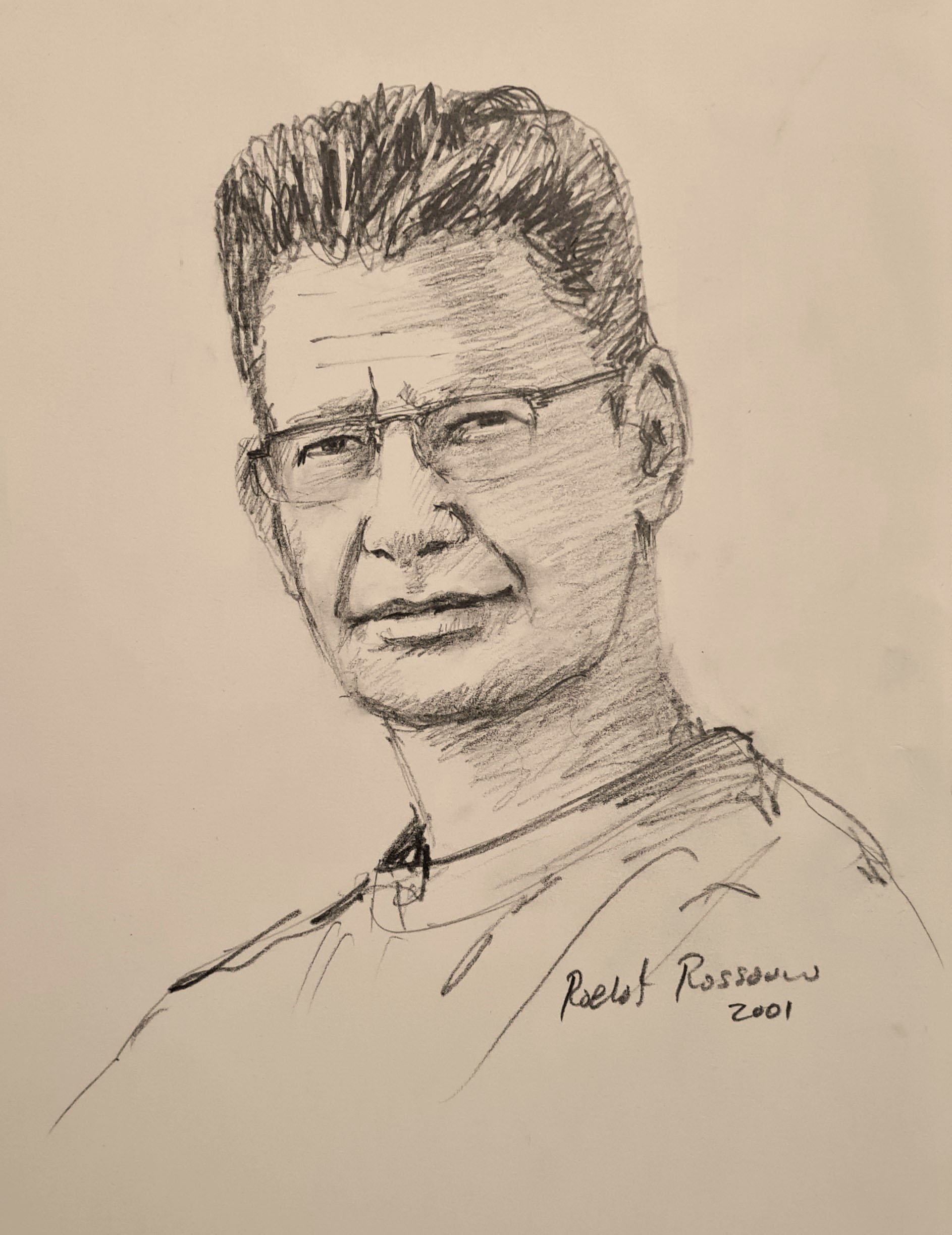
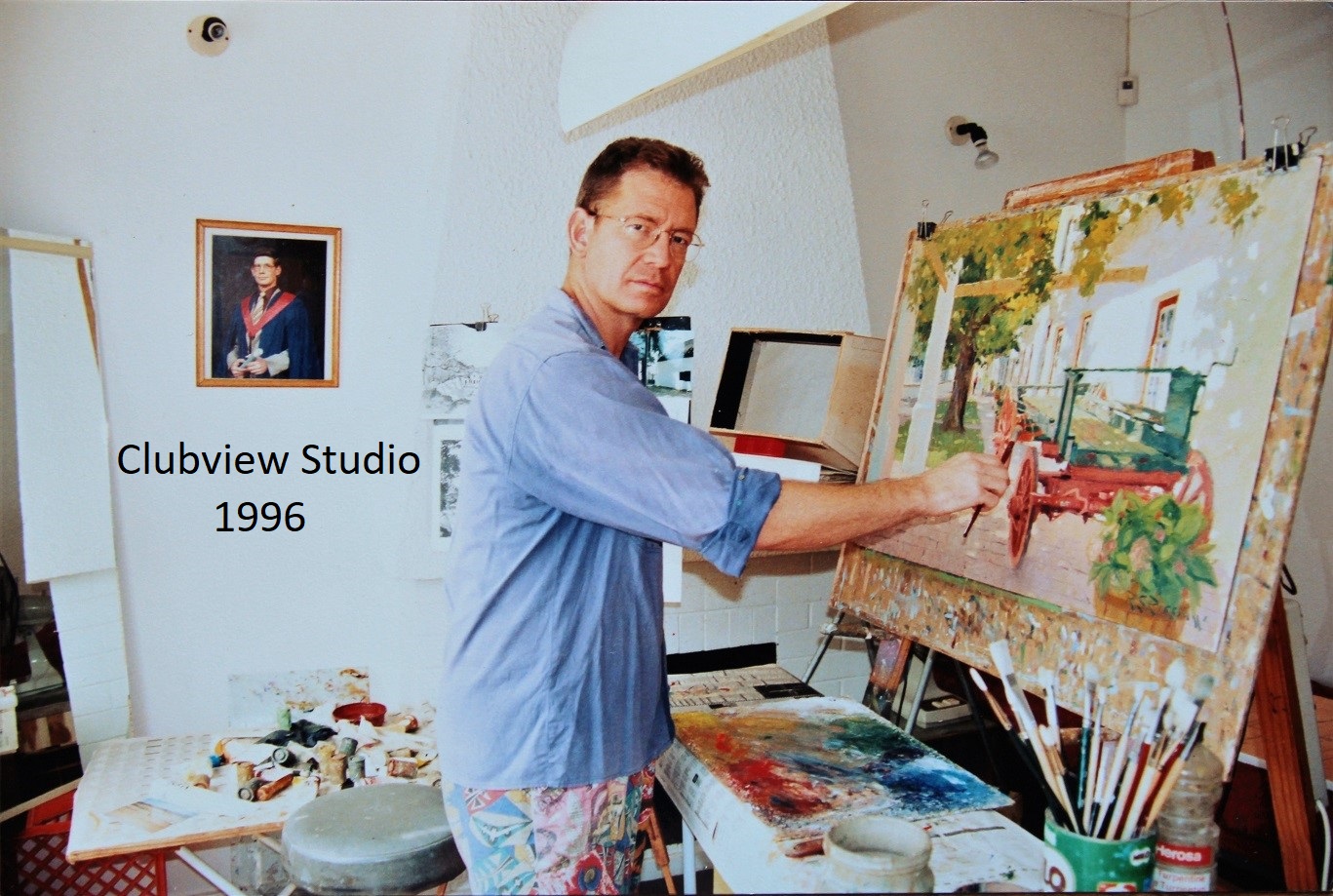
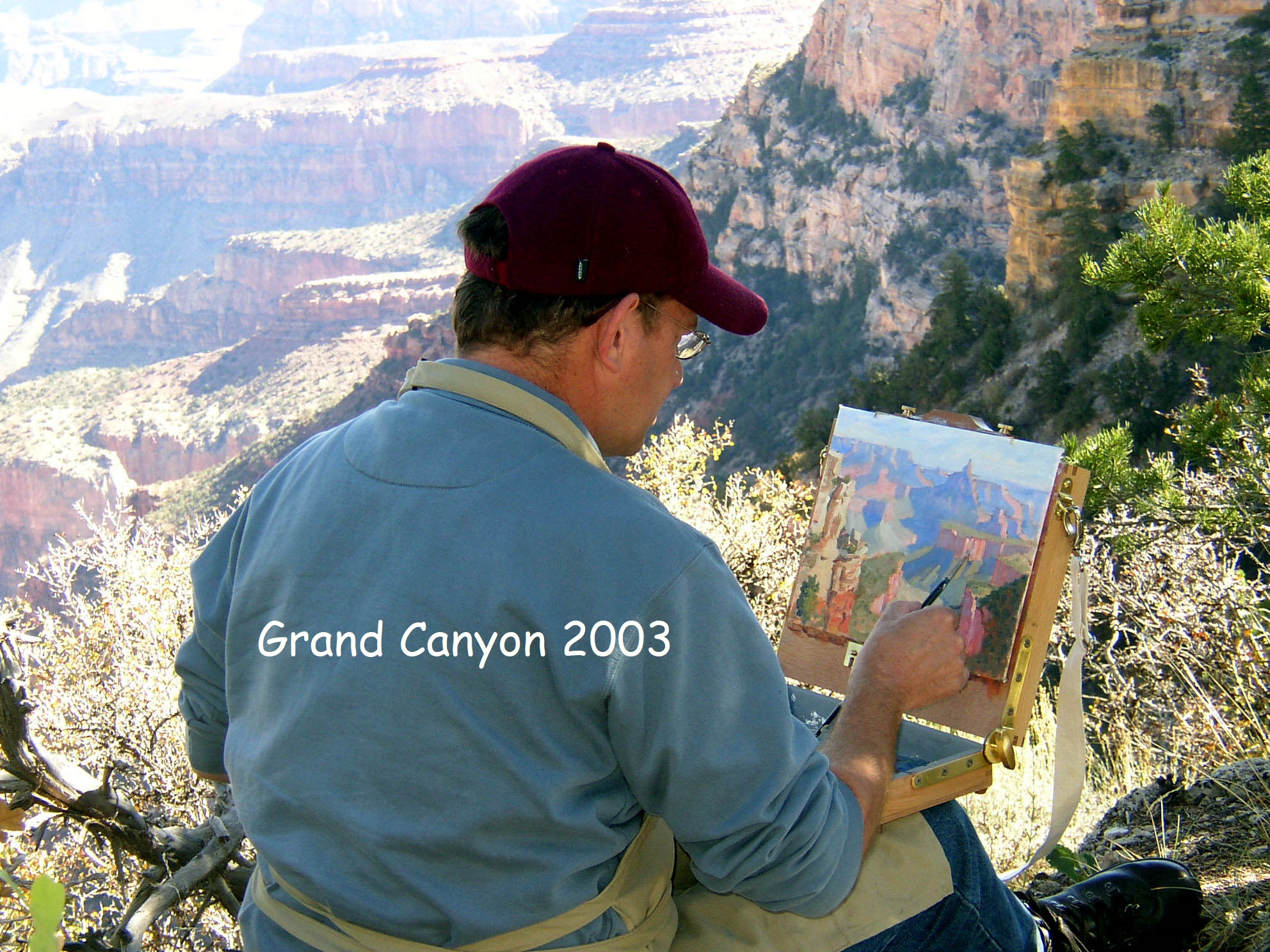
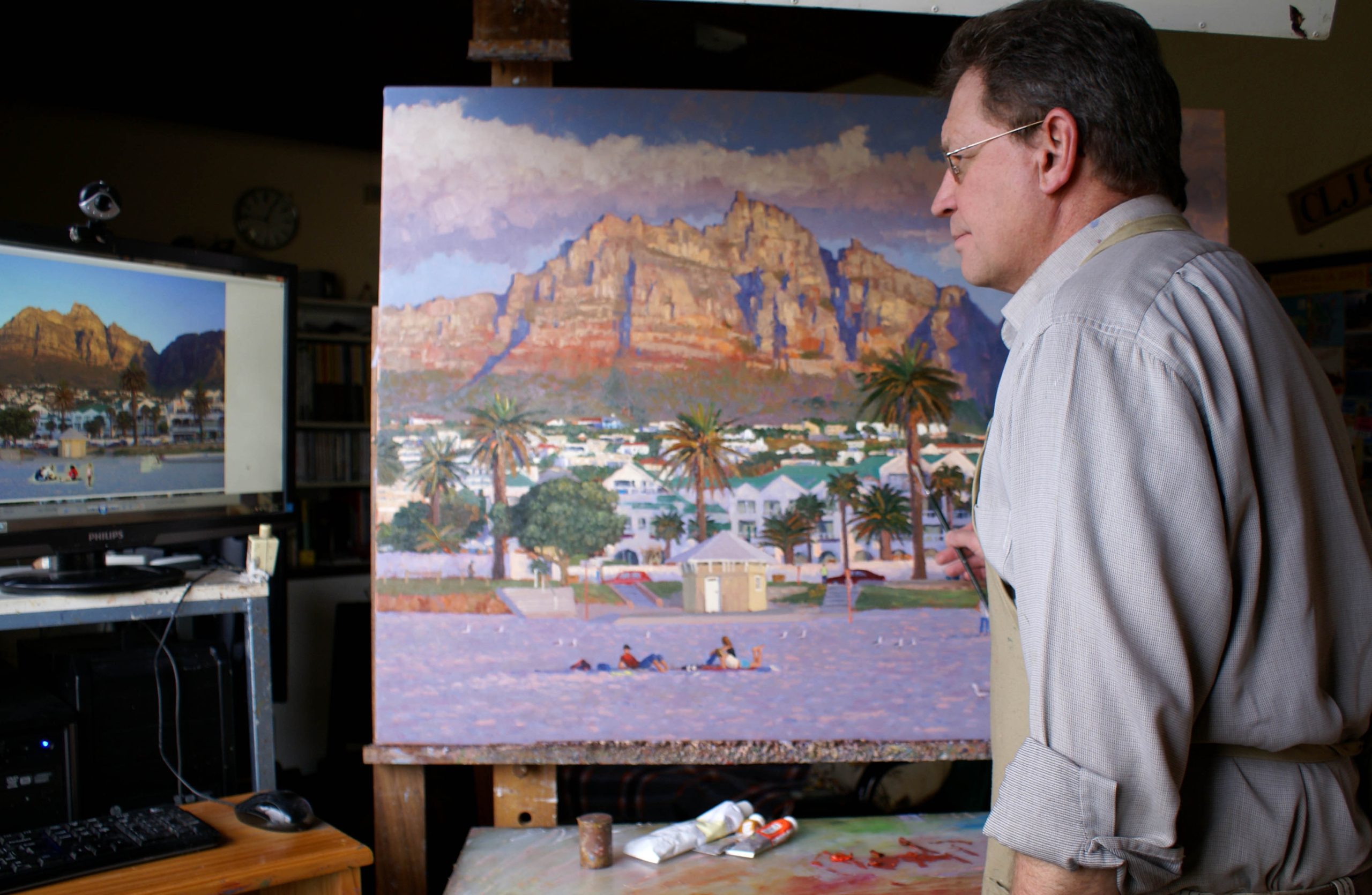
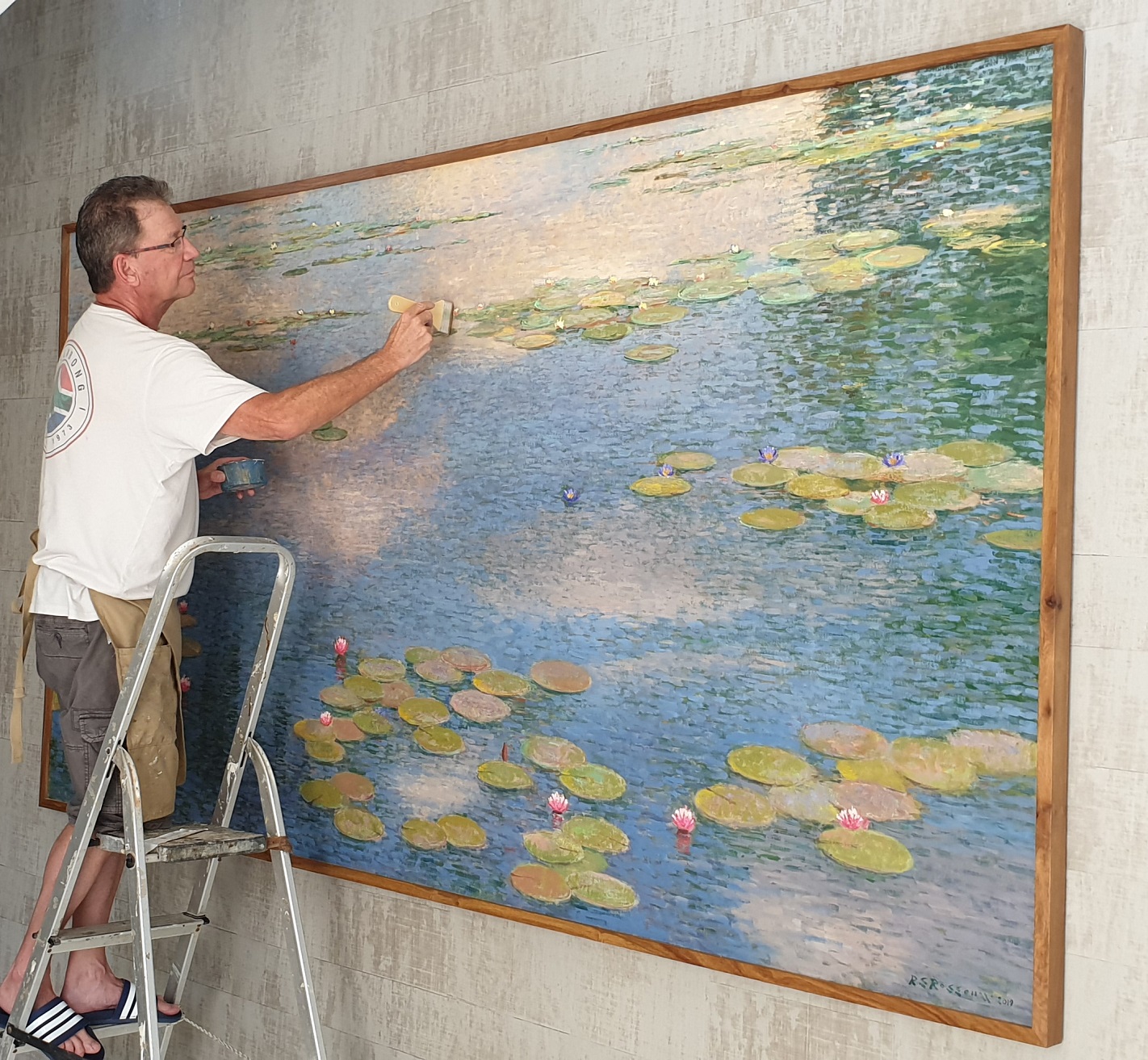
Be the First to See New Artworks
The Collector’s Letter
Behind-the-scenes stories, painting insights, and early access to new pieces — straight from the studio to you.


